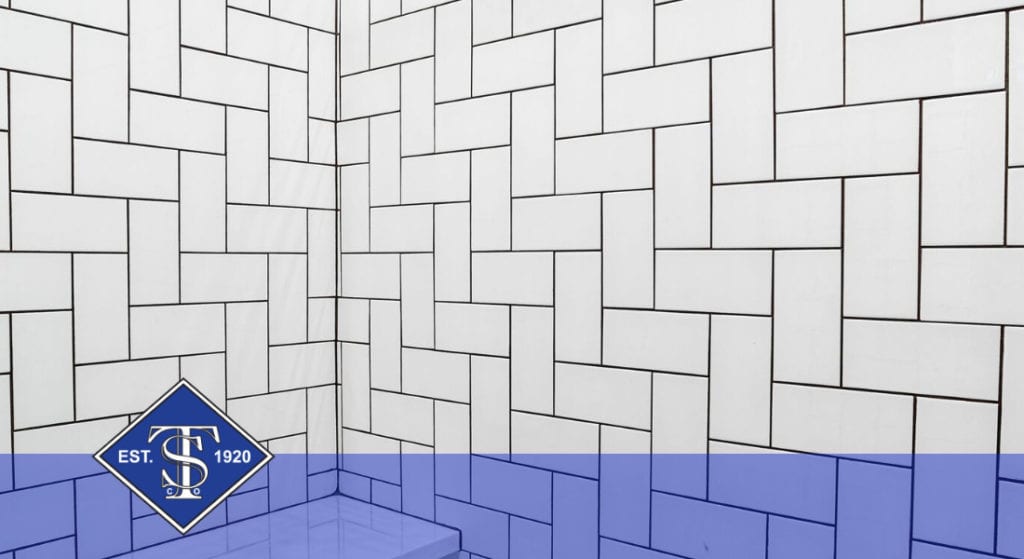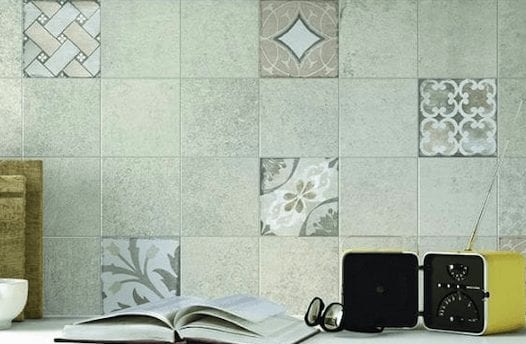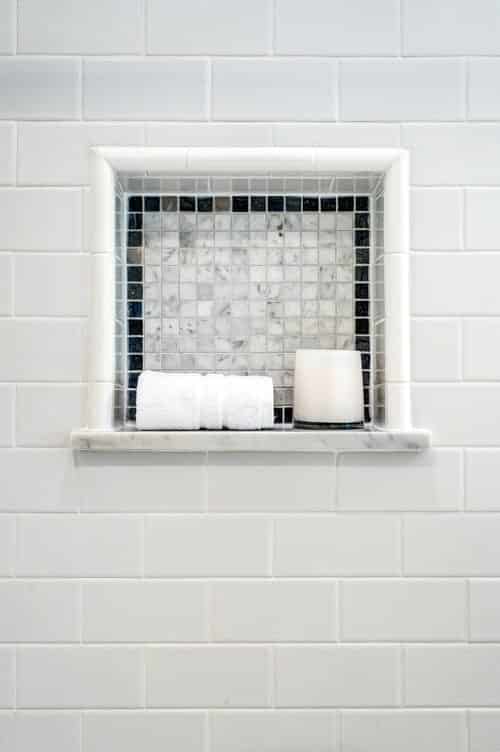100 Years of Tile: 1920 Tile Design

With 2020 bringing in 100 years of dedicated service from our Standard Tile store, it’s only right to look at trends in the era where it all started. In 1920, white ceramic subway tile was popular in the bathroom. Interestingly enough, 1920’s tile is still a popular choice today! At the end of the 1920 decade, colored and textured tile grew in popularity, with pastel subway tile taking center stage. Let’s dive into tile trends of the 1920’s.
1920’s Tile Shapes
Small formats no larger than 1” were used in bathroom and kitchen tile designs to encourage unique designs and make spaces feel larger than they actually were. A few popular designs were:
- Penny Round
Penny round tiles created gorgeous looks and came in ¾” and 1” sizes. The uniqueness of a penny tile bathroom, or kitchen comes from adding color to the grout, creating more flair and style. Penny tile bathroom designs were sometimes seen in different colors towards the end of the decade, adding to a room’s particular and home-y feel.
- Hexagon
White hexagon tiles in 1” were immensely popular, since you could add various border patterns and a wide range of color designs within the space.
- Square
Square mosaic tile was a hit during this era. These classic squares allowed designers to play with borders like winding belts, Greek keys, family names and other unique creations within the flooring.

- Basket Weave
These tiles are put together to create the illusion of being weaved together. It was common to see basket weave tile in black and white. Just like the other types of tile, they came in 12” x 12” sheets. Although in high demand, they were more difficult to install because of the preciseness needed to get the pattern right.
- Pinwheel
This trend was popular in the 1920s and 1930s due to its simple and delicately fun design. Most of the time, the pattern went with the white and black motif, but in some cases, designers used blue as a replacement color.
1920’s Tile Colors
You might be thinking about how many of these 1920 tile trends show up in the kitchens and bathrooms of today. Tile colors and patterns of long ago continue to recycle themselves — these historic, classic 1920s floor patterns set the standard for modern trends.
Do you know why most homes in the 1920s had white tile? The masses had just discovered the presence of germs, which started the push toward more sanitary spaces. People thought white everything made it easier to spot germs and thus get rid of them. While tile trends come and go, white has stayed a classic style. Albeit, cream and off-white more often than not replace the bright, sterile white of the past.

Mixed with modern elements, you can infuse the classic white-and-black square 1920s inspired tile with the funky penny tile colors that showed up towards the end of the 20’s to create designs that pay homage to the old and new. One of the best things about tile is that you’ll never be able to stop being creative — and whatever you want to do, you can pull inspiration from the past. That’s one of the reasons we love what we do. From humble beginnings in Brooklyn to a New Jersey expansion in 1950, we’ve set the standard in ceramic tile distribution. Family owned and operated for five generations, we’re proud to continue serving our customers.
Takeaways:
- 1920’s tile shapes included penny round, hexagon, pinwheel, square, subway and basketweave tile.
- Smaller formats were used to make spaces look larger.
- Black and white were very popular colors in the 1920’s — white was thought of as a more sterile color.
- Towards the end of the 1920’s, colors rose in popularity.
100 Years of Standard Tile
Are you interested in using tile patterns from the 1920s era and expanding your creative flair? Our award-winning team at Standard Tile can help. We are celebrating our 100th anniversary this year, and with that, celebrating all the tile trends that have come throughout the years.
We’re ready to help your design dreams come true! Give us a call or visit one of our stores today.

